Six Brown University students have received graduate awards for the 2025-26 academic year from the Robert J. and Nancy D. Carney Institute for Brain Science. These awards recognize outstanding and productive Ph.D. candidates conducting brain science research.
“The Carney community is part of a remarkable training environment for graduate students at Brown. We received many applications from students conducting innovative and exciting research across the brain science spectrum,” said Kristin Webster, Carney’s associate director of training and development. “This year’s awardees are creating tools and methods that are going to open new doors for neuroscientists. They’re also on the brink of discoveries that will make a measurable difference to patients with serious brain-related conditions. We’re so proud to be a part of these awardees’ early careers.”
Launched in 2001 with funding from the Dana Foundation and now supported by a number of philanthropic partners, the Carney Graduate Awards have now helped more than 100 brain scientists to complete their dissertation research.
“As we hit this incredible milestone, it is inspiring to look back on the talented students we've had the privilege of supporting through our longstanding commitment to enhancing graduate education," said John Davenport, Carney's director of research strategy. “Former recipients have gone on to become leaders in academic research, pharma and biotech, technology, scientific publishing, and other fields. It's gratifying to see the many ways our students are contributing to science and society."
Awards cover costs that can include stipend, tuition and health care fees. They also fund meeting travel, workshop registration or other professional development costs.
Carney faculty and postdocs reviewers select the recipients. The review committee evaluates applicants on scientific merit and vision, research productivity, potential contributions to the Carney community, and their approach to mentoring.
The call for applications for next year’s awards will be in January 2026.
This year’s awardees describe their Ph.D. theses below:
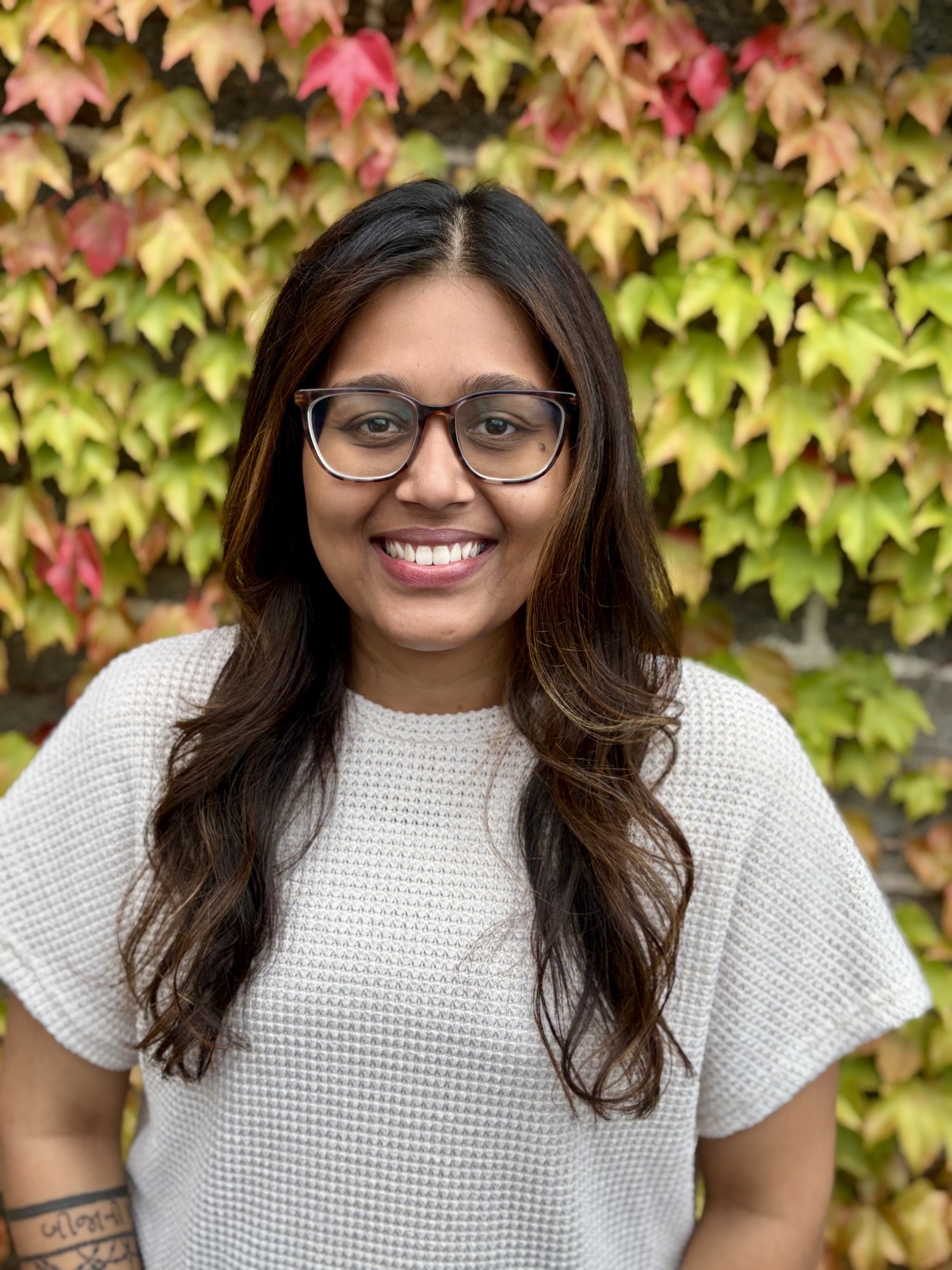
Krishna Amin, “ASH1L-mediated co-transcriptional regulation of alternative splicing in developing human neurons,” supported by the Robin Chemers Neustein Graduate Fellowship
Chromatin regulatory proteins are essential for determining how genes are expressed. Mutations in these proteins have been linked to autism, epilepsy and intellectual disability. In the Lizarraga lab, we use human stem cell-based models to investigate how mutations in specific chromatin regulatory proteins affect neuronal development. For my project, I will generate neurons from the stem cells of patients who carry various mutations in the chromatin regulatory protein ASH1L to learn how the loss of ASH1L during brain development disrupts alternative splicing, which is what allows a single gene to produce different versions of mRNA transcripts specific to different stages of brain development. I will also pinpoint mechanisms that could contribute to conditions like epilepsy and autism. My work will provide important insights into how chromatin regulatory proteins shape human brain development and could be essential to developing effective therapies for conditions related to ASH1L mutations. – Krishna Amin
Amin holds a B.S. in biology and a B.A. in psychology from the University of Missouri-Kansas City, and a master’s in education from the University of Missouri.
_________________________________________________________
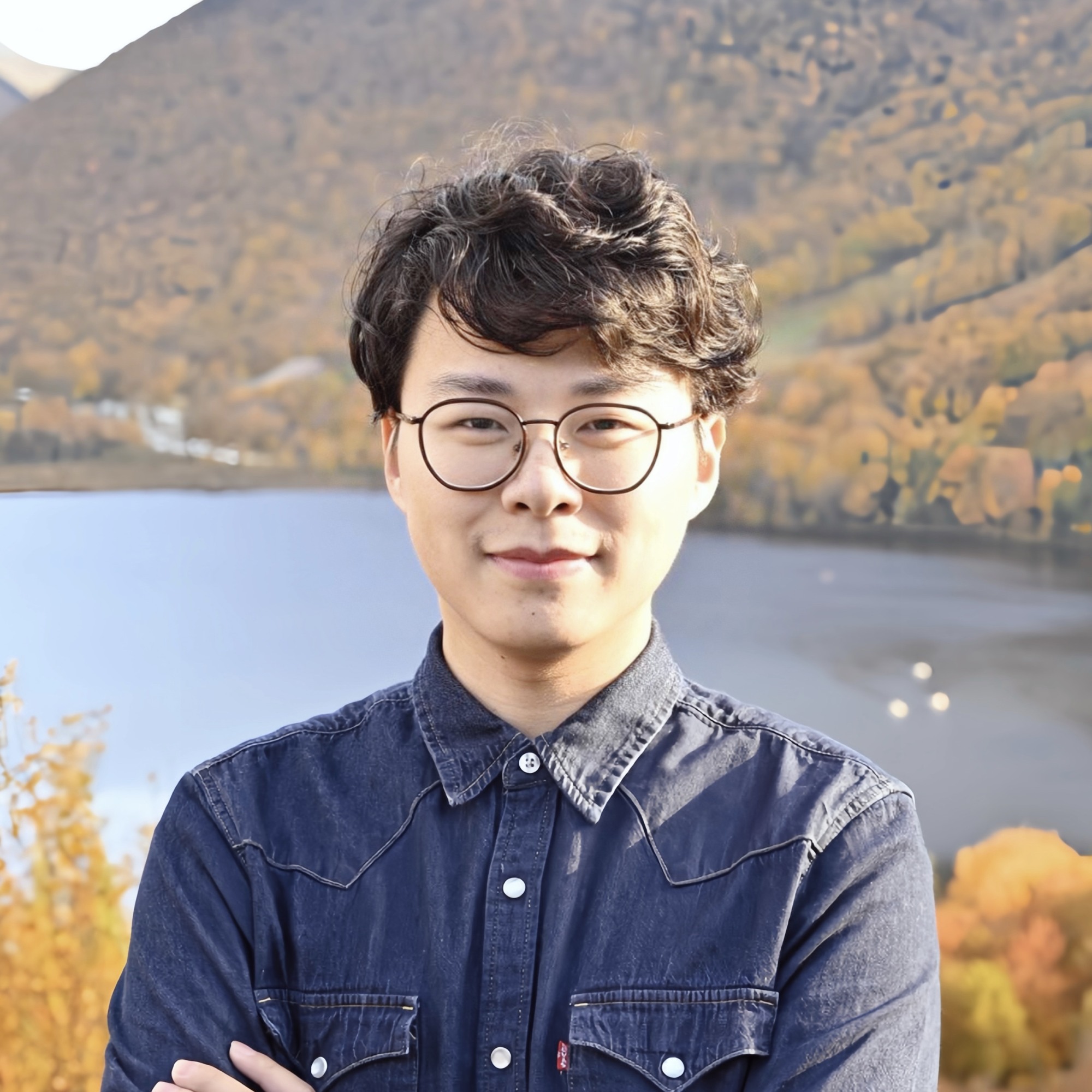
Sicheng Liu, “Accelerated likelihood-based inference for drift diffusion models and beyond,” supported by the JBB Endowed Graduate Fellowship in Brain Science
Decision-making is a core cognitive function that underlies everyday behavior, and studying it helps reveal how the brain takes messy external information, such as different foods at a cafeteria, and turns it into reliable decisions, such as choosing which snack to eat. Drift diffusion models are a class of computational models that neuroscientists use to describe the psychological processes underlying decision-making. By modeling the joint probability distribution of response time and choice, these models have been applied to explain everyday behaviors like choosing between equally appealing snacks, as well as clinical phenomena such as an Alzheimer’s disease patient’s early impairments in gathering external information. My dissertation work in the Harrison lab aims to develop fast and accurate statistical methods for drift diffusion models. By making these computations feasible, researchers will be able to use drift diffusion models to investigate important questions such as how visual fixation shapes decision-making patterns and how disruptions in accumulating external information inform the diagnosis and treatment of neurological and psychiatric disorders. – Sicheng Liu
Liu holds a B.S. in applied mathematics from University of Science and Technology of China and a Sc.M. in applied mathematics from Brown.
_________________________________________________________
Caroline McLaughlin, “Multisensory integration of interoceptive and exteroceptive information across health and disease,” supported by the Dr. Daniel C. Cooper Graduate Award and the David Mahoney Research Fund
I am interested in studying how the brain integrates bodily signals, such as heartbeats, with external sensory signals, such as sound, to shape perception. This question has important clinical significance, since deficits in integrating these internal-external signals are thought to contribute to somatic symptoms across a wide range of psychiatric disorders. To address this, I am running an experiment in the Petzschner lab where a participant is presented with external stimuli either in sync or out of sync with their heartbeat while simultaneously recording their brain and heart activity. This method will enable me to establish neural markers of interoceptive-exteroceptive integration–information critical to understanding how these processes differ in clinical populations with altered sensory processing. My findings will also improve our understanding and prognosis of these disorders. – Caroline McLaughlin
McLaughlin holds a B.S. from Emory University and a master's in biomedical science from the Icahn School of Medicine at Mount Sinai.
_________________________________________________________
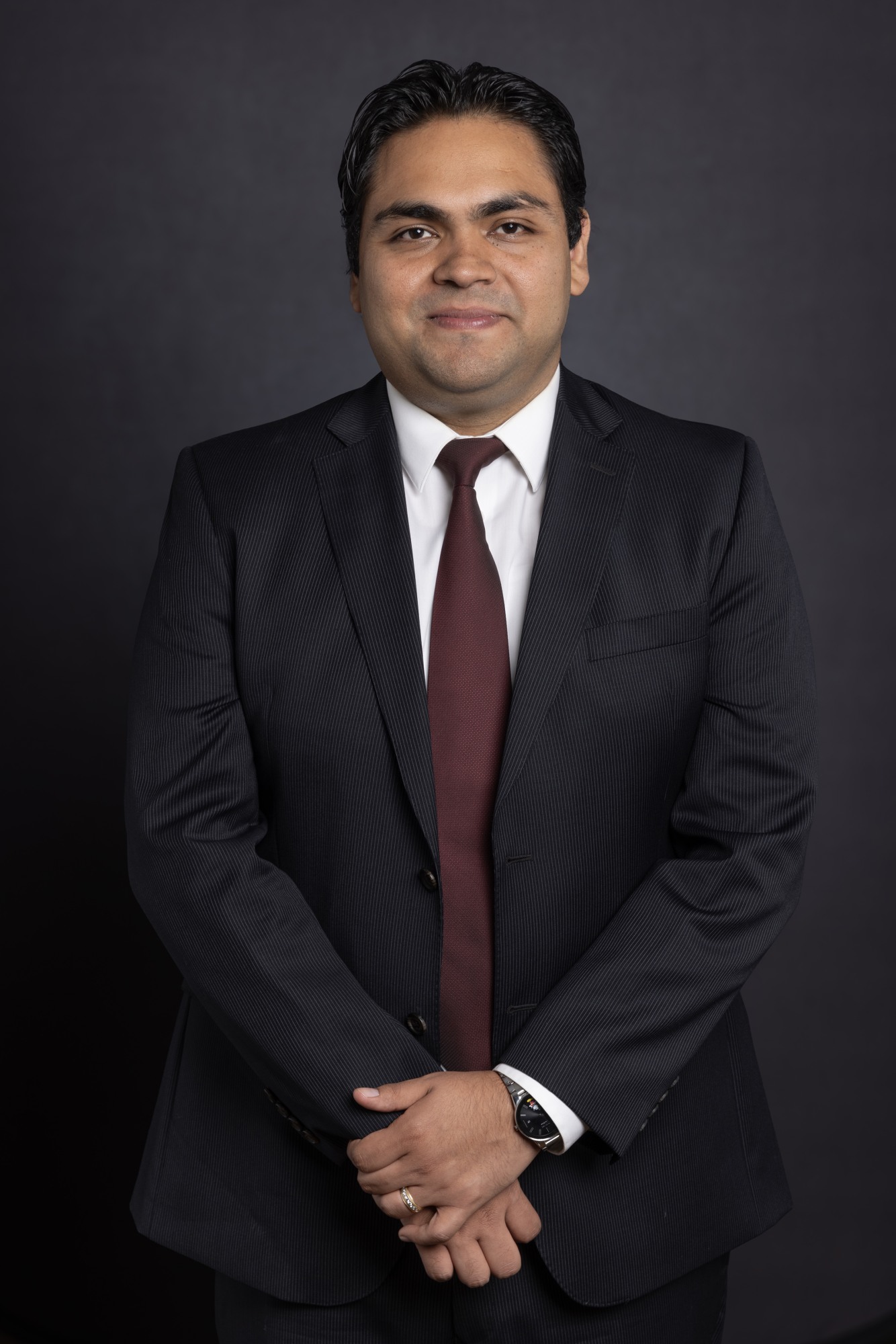
Noe Mercado, “Role of the antiviral drug Brincidofovir in high grade brain tumors,” supported by the Brain Science-Graduate Research Fund
After being diagnosed with glioblastoma, a type of brain tumor, patient survival is only 12 to 15 months with current treatment strategies. In the Lawler lab, we have shown that Cytomegalovirus infection in a mouse model of glioblastoma results in faster tumor growth. Cytomegalovirus is a common virus that stays dormant and causes no symptoms in healthy subjects but can resurface and cause neurological symptoms in immunocompromised individuals. We have also shown that treating this virus with Brincidofovir–a safe, antiviral drug already on the market–can reverse these effects and improve survival. We suspect that Brincidofovir targets Cytomegalovirus and also other tumor-promoting factors to provide therapeutic benefit. For my project, I will test this hypothesis in our mouse model and uncover exactly how Brincidofovir impacts glioblastoma along with Cytomegalovirus. I will also study whether treatment with Brincidofovir has the same impact on human-derived glioblastoma specimens. If successful, this project could lead to a significant new therapy for glioblastoma that can be widely and quickly be implemented in the clinic. – Noe Mercado
Mercado holds a B.S. from Salve Regina University.
_________________________________________________________
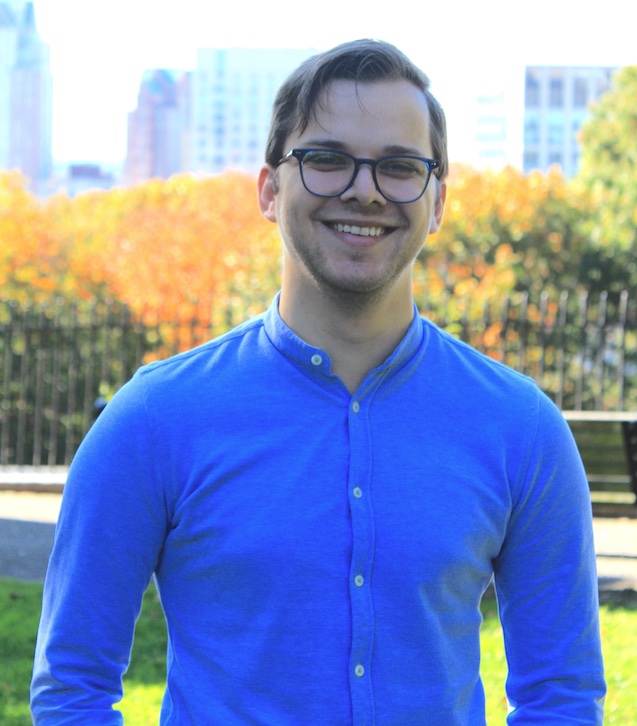
Rareș Moșneanu, “Combining new versions of Voltron with trans-Tango for functional studies of defined circuits in Drosophila,” supported by the Charles Dana Graduate Fellowship
To answer foundational questions about how the brain works in health and disease, researchers need to be able to see with precision deep into living brain tissue. In my work at the intersection of the Abdelfattah lab and the Barnea lab, I am combining two custom-made tools for visualizing brain activity in order to enable scientists to study neural circuits in the fruit fly with an unprecedented degree of resolution. For my project, I am combining trans-Tango, Gilad Barnea’s tool that reveals the intricate architecture of neuronal circuits, with 2Photron, Ahmed Abdelfattah’s newest voltage sensor capable of recording neuronal activity from structures nestled deep in the brain. To achieve this, I’m creating a strain of fruit fly compatible with both tools. If the project is successful, neuroscientists working in fruit flies will be able to overcome previous technological barriers and get unparalleled access to formerly unreachable brain circuits. – Rareș Moșneanu
Moșneanu holds a B.A. from Swarthmore College in neuroscience and chemistry.
_________________________________________________________
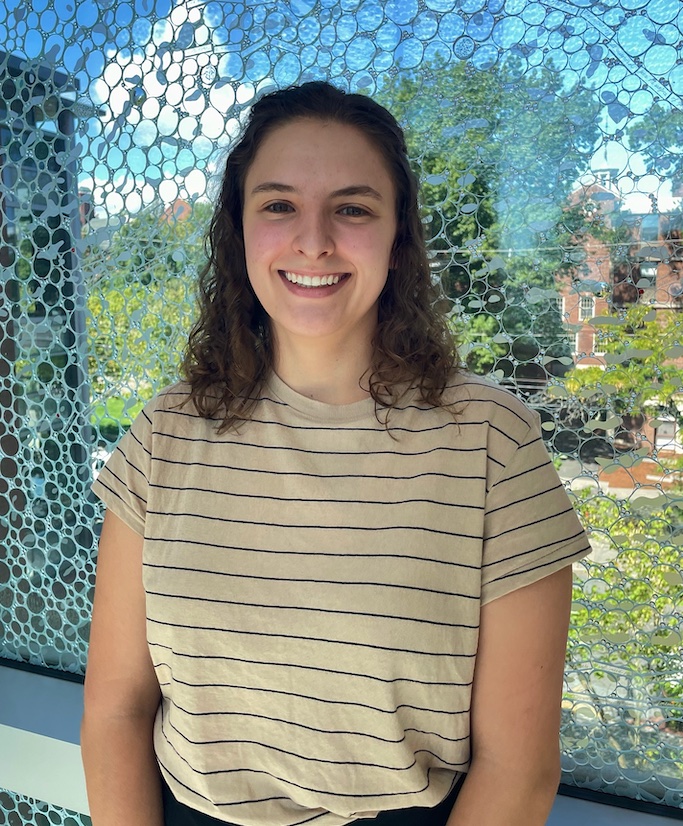
Diana Wall, “Investigating molecular mechanisms of Alternating Hemiplegia of Childhood using C. elegans models,” supported by the Howard Reisman '76 Family Graduate Fellowship Fund
My research focuses on a rare disease that, beginning in infancy, causes recurring and painful episodes of paralysis that can last for days at a time. The disease–known as Alternating Hemiplegia of Childhood, or AHC–has no cure and only limited treatment for symptoms. For my project, which I am conducting in the Hart lab, I am using the nematode to model the mutations to the gene ATP1A3 that cause AHC. By uncovering the mechanisms by which these mutations disrupt cellular function, I’ll be able to identify genes and pathways affected by AHC mutations that could be targets for therapeutic intervention. – Diana Wall
Wall holds a B.A. from College of the Holy Cross.